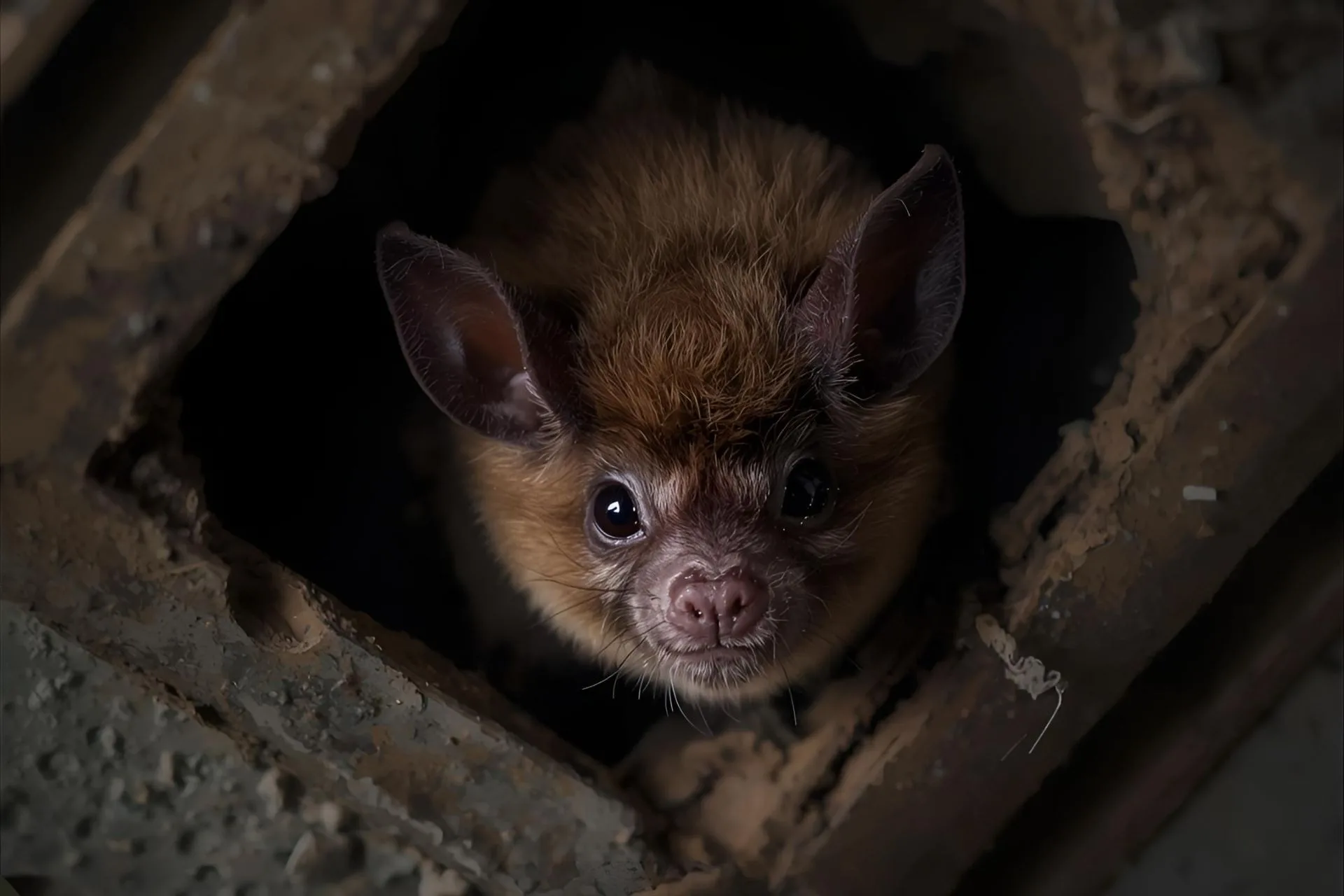Rabies is making an unsettling comeback in the U.S., with six deaths reported in the past year — the highest in years. According to NBC News, everything from skunks in Kentucky to foxes in Arizona and raccoons on Long Island, wildlife outbreaks are popping up in more than a dozen states, fueled by shrinking habitats and better tracking. The CDC is watching 15 hotspots, and bats remain the biggest culprit, responsible for most human cases. That’s why people like Samantha Lang of Indiana, who woke up to tiny bite marks and a bat hanging from her AC vent, don’t hesitate to get the post-exposure shots — because once rabies symptoms start, survival is almost impossible.
The rise in cases is especially noticeable in places like Franklin County, North Carolina, where confirmed infections in wild animals doubled this year. Experts blame expanding neighborhoods pushing people and pets closer to wildlife — and in some cases, to “friendly” but infected animals that seem harmless until it’s too late. Veterinarians are also sounding the alarm over declining pet vaccination rates, warning that vaccine hesitancy could undo decades of progress in keeping dogs (and their humans) rabies-free. The rule of thumb is that if a wild critter is acting strangely — whether too aggressive, too fearless, or even too friendly — it’s best to admire from a distance and call animal control.
Stay safe and rabies-free out there!



